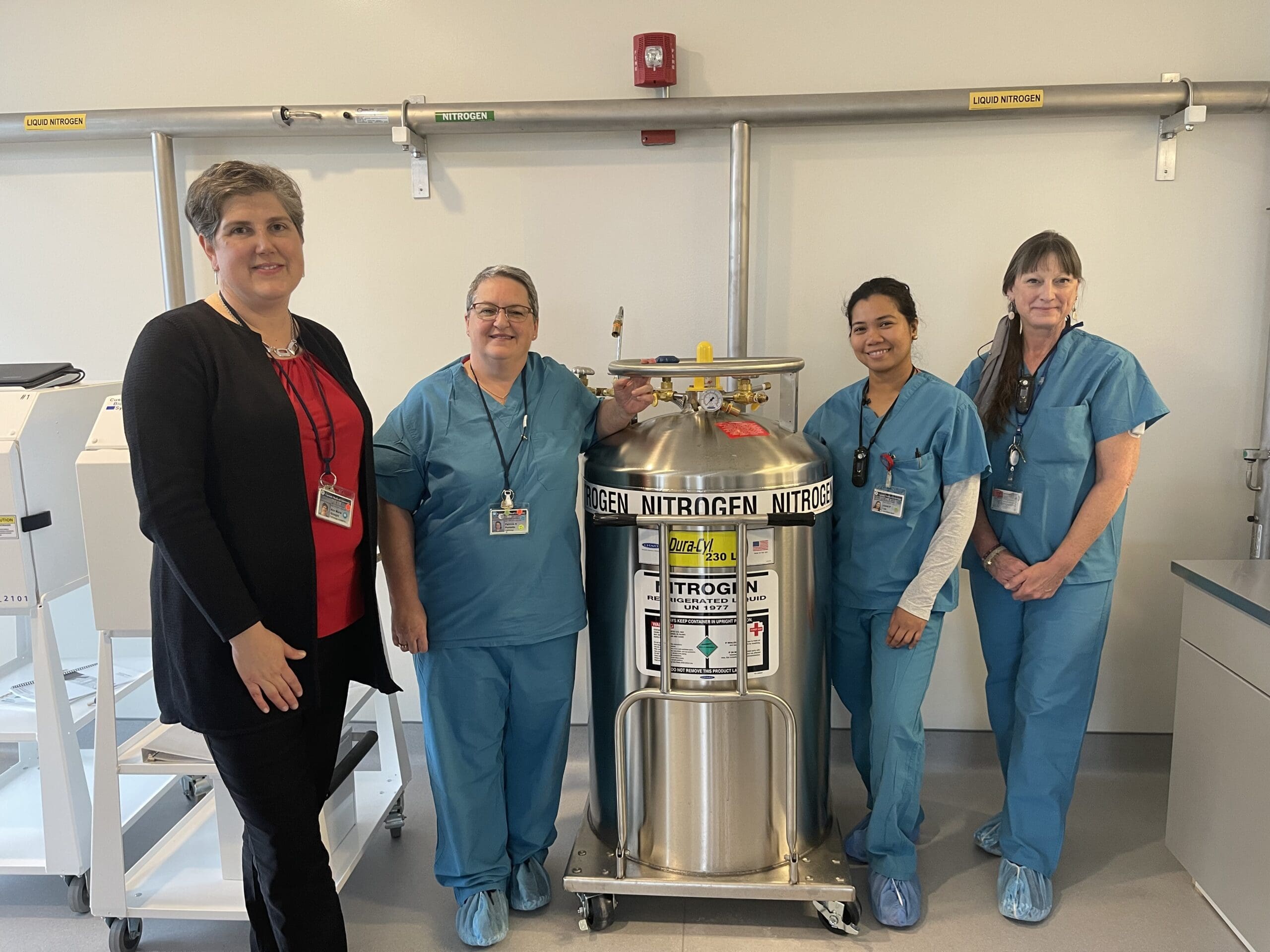BY HEATHER SHANNON, MS, CNM, NP, MPH
World Hepatitis Day (WHD) is July 28 and brings the world together to raise awareness of viral hepatitis and to create a change. WHD unites with medical professionals, governments, industry and health organizations to inform the public of the burden of viral hepatitis. The World Health Organization (WHO) defines hepatitis as an inflammation of the liver that is a single episode or develops into a chronic life threatening condition. Currently, there are five hepatitis viruses and are known as A, B, C, D and E.
- Hepatitis A (HAV) is passed through contaminated food or water with human feces. Usual symptoms are nausea, vomiting, diarrhea, abdominal pain, fever and jaundice (yellowing of skin). Many have mild symptoms, recover without a problem, and have a lifelong immunity to hepatitis A. Vaccines have been developed and are available to prevent HAV infections.
- Hepatitis B (HBV) is passed through blood, semen, vaginal fluids, and other body fluids and from mother to fetus during childbirth. If a mother tests positive for HBV during her pregnancy, the baby will receive post-exposure prophylaxis within 12 hours of birth. The baby will also receive two additional doses over time. Blood transfusions, some invasive medical procedures and IV drug use are the most common ways of getting HBV infections. Nearly half of new exposures have symptoms of nausea, vomiting, diarrhea, abdominal pain, fever and jaundice. However, 2 to 6 percent of adults will develop chronic infection that may lead to liver cirrhosis, liver failure or cancer. Children are at most risk for chronic liver conditions. Vaccines have been developed and are available to prevent HBV infections, but it cannot be cured.
- Hepatitis C (HCV) is passed through blood exposure. Blood transfusions, some invasive medical procedures and IV drug use are the most common ways of getting HCV. Transmission through sexual contact is possible, but less common. Most people exposed will not have any symptoms. However, some will develop chronic liver disease that can be mild to severe. Effective Jan. 1, 2014, NYSDOH Public Health Law requires offering hepatitis C virus screening to all people born before 1965. Currently, there is no vaccine available for HCV.
- Hepatitis D (HDV) infections only occur in those with HBV, which contributes to outcomes that are more serious. This is not very common. A vaccine for HBV will provide protection from HDV.
- Hepatitis E (HEV) is contracted by contaminated food or water and is responsible for hepatitis outbreaks in developing countries. Vaccines are available, but not widely accessible.
New York State Department of Health communicable disease case reports from 2008 through 2017 (excluding NYC) note an increase in Hepatitis A and C infections. The increase in HCV may be related to an increase in IV drug use. Medical facilities are now required to have specific medical practice protocols and procedures to eliminate hepatitis exposure of HBV and HCV. Good hand washing when using the bathroom will help decrease the transmission rate of HAV. Hepatitis B (acute infections) have decreased, which may be related to improved medical protocols with aseptic technique during blood transfusions and medical procedures.
What can you do? Know your risks, use good hand washing after using the bathroom, contact your medical provider and ask about being tested for Hepatitis. Be in charge of you!
SIDEBAR
Resources
World Hepatitis Day. (2019). http://www.worldhepatitisday.org/
World Health Organization. (2018). https://www.who.int/campaigns/world-hepatitis-day/2018
Center for Disease Control. (2016). Hepatitis A, B, C acute and chronic 2016 case definition. https://wwwn.cdc.gov/nndss/conditions/hepatitis-c-acute/case-definition/2016/
New York State Department of Health. (2018). Communicable disease in New York State exclusive of New York City cases reported of selected diseases 2008-2017. https://wwwn.cdc.gov/nndss/conditions/hepatitis-a-acute/case-definition/2012/ https://www.health.ny.gov/statistics/diseases/communicable/2017/docs/select.pdf, https://wwwn.cdc.gov/nndss/conditions/hepatitis-b-acute/case-definition/2012/
New York State Department of Health. (2016). HCV testing law evaluation report – January 2016. https://www.health.ny.gov/diseases/communicable/hepatitis/hepatitis_c/consumers/testing_law.htm





